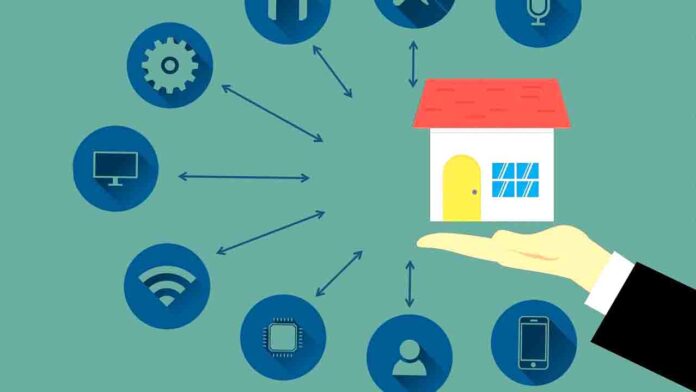Safeguarding Your Virtual Front Door: A Comprehensive Guide to Setting Up a Secure WiFi Network at Home
Have you ever contemplated the importance of your home WiFi network? It’s much like the front door of your home, giving you access to an exciting world, from techie gadgets to your favorite streaming channel. But, how secure is that virtual door?
In this engaging guide, we’re offering a comprehensive, step-by-step approach to set up a secure WiFi network at home. Let’s get started!
Understand the Risks
First and foremost, it’s essential to comprehend the potential vulnerabilities of an unsecured WiFi network.
Data Breaches and Privacy Concerns
With an unsecured network, you’re opening yourself up to data breaches. Hackers can easily access your personal and financial information, leading to identity theft.
- Protect your valuable information
- Prevent unauthorized access
- Seal any potential leaks
“Remember, prevention is always better than cure, particularly when it comes to securing your digital habits.”
Invest in a Robust Router
Your WiFi network is only as secure as the router it’s anchored on. Start with investing in a router that sports robust built-in security features.
Choose a Strong Password
Crafting a strong, unique password for your router is the first line of defense.
- Make use of uppercase and lowercase letters, numbers, and symbols.
- Use a password manager for creating and storing complex passwords.
Setting Up Your Network
Setting up your network involves choosing the correct security type. Experts recommend at least WPA2, but if your devices support it, opt for WPA3.
- Utilize the latest security type available
- Ensure all your devices are compatible with your chosen security type
Change Your Network’s Name
For an added layer of security, change the default name or the SSID (Service Set Identifier) of your network.
Regular Updates Are Key
Just like you would invest in a solid lock for your front door, your digital front door needs the same attention. Regularly updating your router’s firmware is crucial to ensure all potential vulnerabilities are addressed.
Automatic Updates
Many of the modern routers come with an automatic update feature. Make sure it’s activated.
Enable a Network Firewall
A network firewall acts like a digital moat around your virtual castle, adding an extra layer of protection.
Monitor Your Network
It’s always a good idea to regularly check who and what is connected to your WiFi network. Several router manufacturers offer built-in monitoring tools.
Using a Guest Network
These networks offer a separate access route for your guests, ensuring your main network stays safe and secure.
Limit Access
Be wary of sharing your password and limit the devices connected to your network to minimize the risk.
Practice Safe Surfing
Remember, WiFi security isn’t just about setting a secure network. It also comprises of practicing safe online habits.
Beware of Phishing Scams
Avoid clicking on any suspicious links and never share your personal information unless you’re certain the source is secure.
Conclusion
A secure WiFi network at home isn’t rocket science. It’s about understanding the risks and taking the necessary steps to mitigate them. So, take some time, follow this guide, and safeguard your virtual front door.

